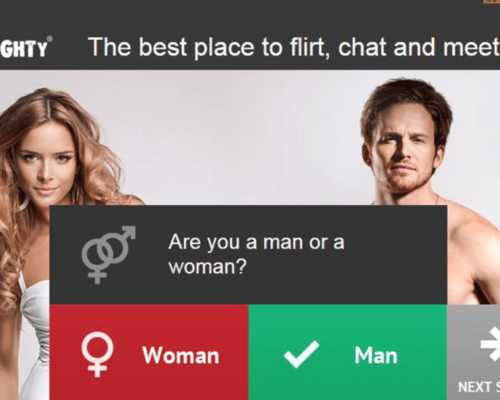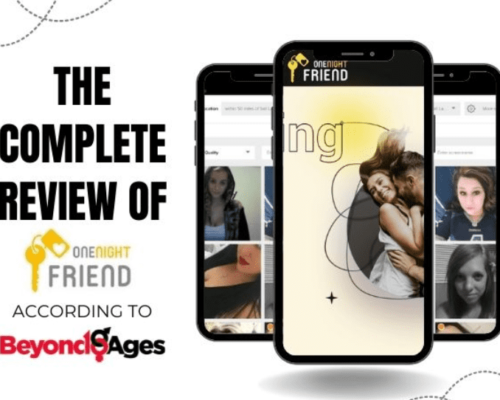
4 Types of Polyamorous Relationship
There are many different types of polyamorous relationship, but the most popular one is monogamy. Polyamorous relationships are the opposite of monogamy, and are a great choice for many couples. The first step is deciding which type of relationship you’re in. If you’re single, you’re best off with one partner, but you can’t help but feel jealous of the other person’s privileged status and time. If you’re already in a polyamorous relationship, you may have a “V” type relationship, a triad relationship, or something else entirely.
Compersion is the opposite of jealousy in polyamorous relationships
While compersion and jealousy are sometimes seen as mutually exclusive, they are actually not mutually exclusive. Whether compersion or jealousy is the dominant emotion is a matter of personal choice. It may be a symptom of unhealthy polyamorous relationships. If you see your partner experiencing jealousy, consider how you can help them feel less anxious. Try to dig down into their fears and uncover their underlying motives.
The opposite of jealousy is compersion, a feeling of joy that comes from experiencing other people’s happiness. The opposite of jealousy, compersion is a sign of a polyamorous relationship and can be a good green light for a polyamorous relationship. In polyamorous relationships, compersion can occur between lovers, as the partners’ pleasure is the same.
If your partner feels that his partner is in a better relationship than you do, it may be time to meet their other babes. This will help you get to know them better and minimize jealousy. This doesn’t mean you should become their best friends. However, you should at least be aware of them and understand their needs. If compersion is the opposite of jealousy, it is important to recognize this in your partner.
The positive side of compersion is that it promotes empathy for the other partner. You’ll probably be happy for your partner if he’s happy about a new job or new friends. But if he’s happy with someone else, you won’t be too jealous. Compersion is the opposite of jealousy. Your partner’s happiness will keep yours alive.

Primary partners are privileged in terms of time, emotional involvement, and decision-making
Primary partners have a privileged status in a polyamorous relationship. They are privileged because they are the longest-term dyad relationships. They are the most important partner in a polyamorous relationship for various reasons, such as practice, emotional commitment, spirituality, and culture. In addition, primary partners share many aspects of their lives, including finances, co-parenting responsibilities, and more. The primary partner may be required to navigate complex relational dynamics. Solo polyamory, however, is not a common type of polyamorous relationship, as one partner has no desire to intertwine or merge with another partner.
Moreover, in a polyamorous relationship, one partner expects the other partner not to engage in romantic or erotic behaviors outside the relationship. However, this rule is not always enforced. In fact, the opposite is more likely to occur. While the primary partner is privileged in terms of time and emotional involvement in a polyamorous relationship, the other partner may be disadvantaged in terms of decision-making and time.
Furthermore, polyamorous people have diverse demographics. Many are members of subcultural communities, while others belong to dominant cultural groups in their region. This means that polyamorous people come from diverse socioeconomic backgrounds, and their lived experiences may be impacted by unique socioeconomic inequalities. These intersecting oppressions may affect access to intimacy, care, and spaces.
When conducting therapy with polyamorous clients, counsellors should find words in their participants’ languages that have meaning. English words may not have universal meaning, as some cultures have traditional terms for multi-partnered relationships. Ritchie and Barker, for example, studied polyamorous communities in English-speaking areas and found that the language they used was inadequate for understanding their relationships. They also found that polyamorous individuals needed new words to express their emotions.
In addition to polyamorous relationships, many researchers have noted the influence of mononormative biases on the development of relationships. These biases can affect people’s affective, cognitive, and behavioural processes. Polyamorous people who are in a polyamorous relationship often experience this bias when engaged in routine activities. It is possible that everyday polyamorous individuals can be experiencing mononormative bias in their relationships.
Monogamy is the most popular relationship type
While there is no official definition for polyamory, it is often referred to as a polyamorous relationship. It is characterized by higher attraction, passionate love, desired sexual frequency, and companionate love. In this article, we’ll look at some of the characteristics of polyamorous relationships and how to identify them. This article also looks at how polyamorous couples deal with the complexities of multiple relationships.
Historically, monogamy was a practical choice for fathers, as it was easier to divide land and commodities among children. In the nineteenth century, Victorians embraced romantic love and hijacked the practice. Sexual exclusivity only came into existence much later. And although monogamy is the most common relationship style in polyamorous relationships, some studies show that these couples have similar or even better relationships than monogamous ones.
While polyamorous relationships are often successful, they can also negatively impact a person’s mental health. Polyamorous people may struggle with the stigma attached to non-monogamy and internalize these negative messages. This can negatively impact their relationships and their sense of identity. Therefore, there is no one definitive answer for whether polyamory is better or worse than monogamy. The answer lies in the fact that polyamorous relationships can work for some people and not for others. Everyone has their own unique needs and preferences.
If your relationship has more than two partners, you can form a “triad” or a triad. These are similar to casual sex, but do not require monogamy. You can also form a quad or a triad, which is a trio of three people who date each other. If all members of the triad are romantically involved, it is a full quad.
While it may sound like the most romantic relationship, polyamory is more about developing loving relationships. Although both relationships can involve lots of sex, most of them are about building a relationship with another person. They must agree on safe sex and birth control. They must also decide on rules for a more fulfilling relationship. If one partner feels like he or she can’t meet all of your needs, they should not be monogamous.
Protecting yourself from polyamory
Polyamory is a great way to make your relationship better, but it can also expose relationship problems. Bringing someone new into an already troubled relationship is a bad idea – it will only exacerbate problems and make your partner feel as though they aren’t enough. Plus, it puts them in an unstable position, which means they will have to bear the brunt of the relationship’s problems.
The first thing to know about polyamorous relationships is that it can come in many different forms – hierarchical, nonhierarchical, and separate. Then, there’s the fact that polyamorous relationships can have several romantic partners. Researchers have determined that polyamorous relationships can be dangerous, but there are ways to protect yourself. Listed below are a few tips to keep yourself safe in polyamorous relationships.
Polyamory is a growing trend among young adults. The term “polyamorous” refers to consensual non-monogamy. There are different types of polyamory, including open relationships where both partners cheat on each other. Solo polyamory refers to being polyamorous, but not in multiple relationships. This trend is becoming increasingly popular because of its rejection of monogamy.
If you’re not careful, polyamory can have a negative impact on your mental health. Non-monogamy has a stigma attached to it. Non-monogamy can lead people to internalize negative messages about themselves, which can negatively impact their relationships. Ultimately, polyamory is not superior to monogamy. It may work well for some people while hurting others can cause serious mental and physical health problems. You should never assume that polyamory is superior to monogamy, as everyone’s needs are different.









-
Tagged Date Ideas, Dating Advice, Dating Site Reviews, Flirt, Flirt.com